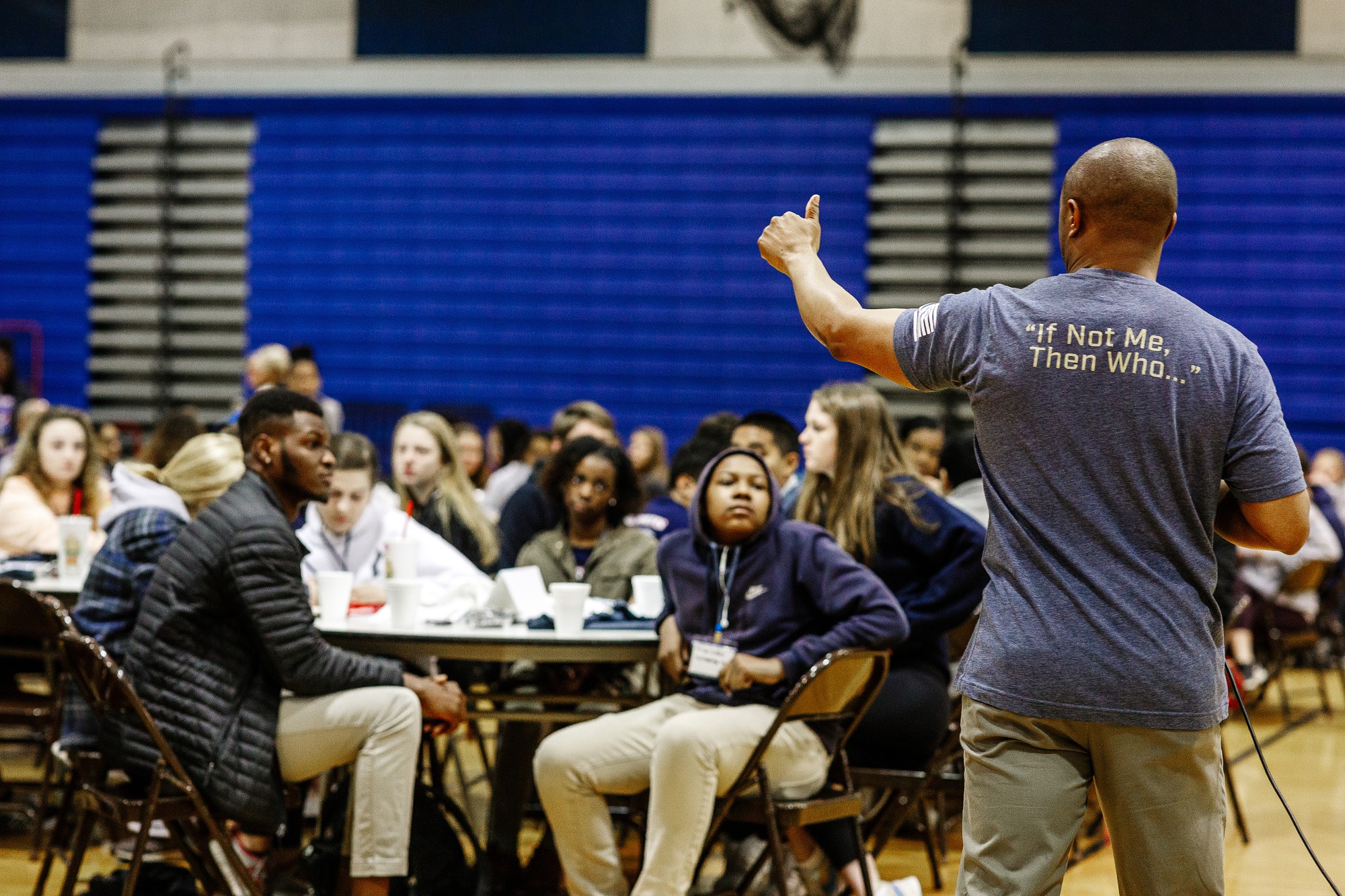- Joined
- Sep 27, 2008
- Messages
- 24,345
I found a decent explanation on this board from 2010. I'll see if I can paste it here.
I did it!!! Anyway, it seems like A LOT of admissions spots get eaten up by athletes who may not even end up playing after sophomore year. And while an athlete may have "good but just ok" stats other than athletics, the athlete could make their way into the SA on slightly lower stats, and stay in regardless of further athletic performance. So, in that case, I can see the athlete's motivation. I still don't like it though. It's a real bummer for someone who has super high stats, but is not a recruited athlete...and, as is my concern from the start, lives in the same area as these recruited athletes.
It’s not just super high stats that make a good officer and leader. Super high stats mean the person has a fine mind capable of performing well academically, which is valuable, of course. That is just one of the elements aming many sought by the SAs. The SAs deliberately look for high-performing candidates with athletic team experience, unlike non-SA colleges who are more focused on the academic expertise. SA and MIT “ideal applicant” elements overlap in some areas, and in many, not at all.
Those whom officers lead do not care whether their officer had a perfect SAT score, eye-watering ACT, impressive GPA and other impressive achievements. They want someone who is fair, consistent, trustworthy, ethical, decisive, agile thnking, a good communicator, respectful of their role and technical skills, capable of building and leading a team in high-pressure situations far from home where lives are at stake, and understanding strategy, tactics, gear and equipment in a way that brings everyone home safely. MIT is not charged with preparing their students for that kind of responsibility.
In several recent threads, posters asked questions about the importance of varsity sports. I copied one of my responses below.
The SAs value sports team participation and leadership not just for the obvious physical fitness, but for traits desirable in future junior officers: peer and team leadership, time mamagement, strategic planning and execution, decision-making in dynamic situations, overcoming failure, adaptiveness, resilience, collaboration, situational awareness, operating under pressure, anticipation, critical thinking, playing through discomfort and exhaustion, perseverance, self-discipline, commitment to a goal. I could go on.
I advised those posters with little to no organized athletics to ensure they did well on the CFA to demonstrate acceptable fitness and to ensure other activities demonstrated the traits and skills found in organized sports and team leadership positions.
With respect, noting SA appointments are “eaten up” by recruited athletes does not come across positively - but that is perhaps because internet chat forums are devoid of vocal tone, facial expressions and eye contact and can flatten meaning. The SAs fully expect many recruited athletes may leave their original sport and move to other sports activities. The are fine with that - no kicking out athletes who “lost their athletic scholarship” - they got what they wanted. Future officers with qualities they are looking for.
The SA application process and 4 years at an SA are essentially a long and complex job interview for future officers, expected to lead people into harm’s way and be accountable and responsible in situations not expected of civilian university graduates in civilian careers (excepting LE, clandestine services, etc.).
For those who put academic excellence at the top of their priorities, a good alternative is ROTC at a top-tier university - though the ROTC path also places a high value on sports participation.
And to put faces on varsity athletes at SAs, read these stories. No one cared about their stats once commissioned and serving - and excelling.

Travis Manion Foundation - "If Not Me, Then Who..."
Travis Manion Foundation (TMF) empowers veterans and the families of fallen heroes to develop character in future generations. In 2007, 1st Lt Travis Manion.

Becky Calder Blazes a Trail for Female Fighter Pilots
In 2002, on her first combat deployment during Operation Enduring Freedom, Cmdr. Becky Calder, née Dowling, flew her F/A-18 Hornet over Afghanistan on a challenging mission. When friendly forces on the ground were ambushed; Calder and her wingman were tasked with supporting them in the air.It...
Last edited:

